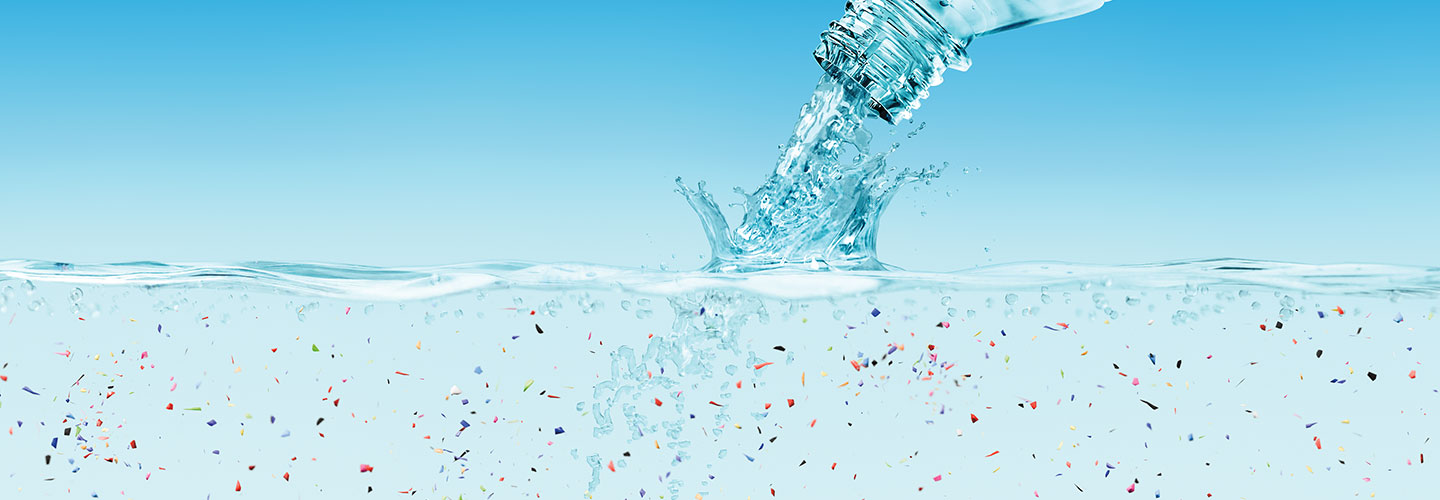You’ve just finished soccer practice. Feeling hot and thirsty, you crack open a plastic bottle of water and gulp it down. But beware: That bottle contains more than just a refreshing drink. Recent research has found that every liter of bottled water contains hundreds of thousands of tiny plastic particles and fibers too small to see with the naked eye.
The study adds to a growing pile of evidence that plastic particles enter our bodies through food, drinks, and even the air we breathe. Plastic bits get into drinks and foods through contact with their plastic containers or wrappers. They also come from plastic litter in the environment. This plastic releases particles into the water supply and soil, which plants absorb and animals consume. The particles end up in all kinds of meats, vegetables, fruits, packaged foods, and beverages we eat and drink.
You’ve just finished soccer practice, and you’re hot and thirsty. So you open a plastic bottle of water and gulp it down. But beware. That bottle contains more than just a refreshing drink. Recent research shows that every liter of bottled water contains hundreds of thousands of tiny plastic particles and fibers. They’re too small for the naked eye to see.
The study adds to the growing evidence about a problem with plastic. Plastic particles enter our bodies through food, drinks, and even the air we breathe. Plastic bits get into drinks and foods from plastic containers or wrappers. They also come from plastic litter in the environment. This plastic releases particles into the water supply and soil. Plants absorb them and animals eat them. The particles end up in all kinds of meats, vegetables, fruits, packaged foods, and beverages. Then we eat and drink them.

